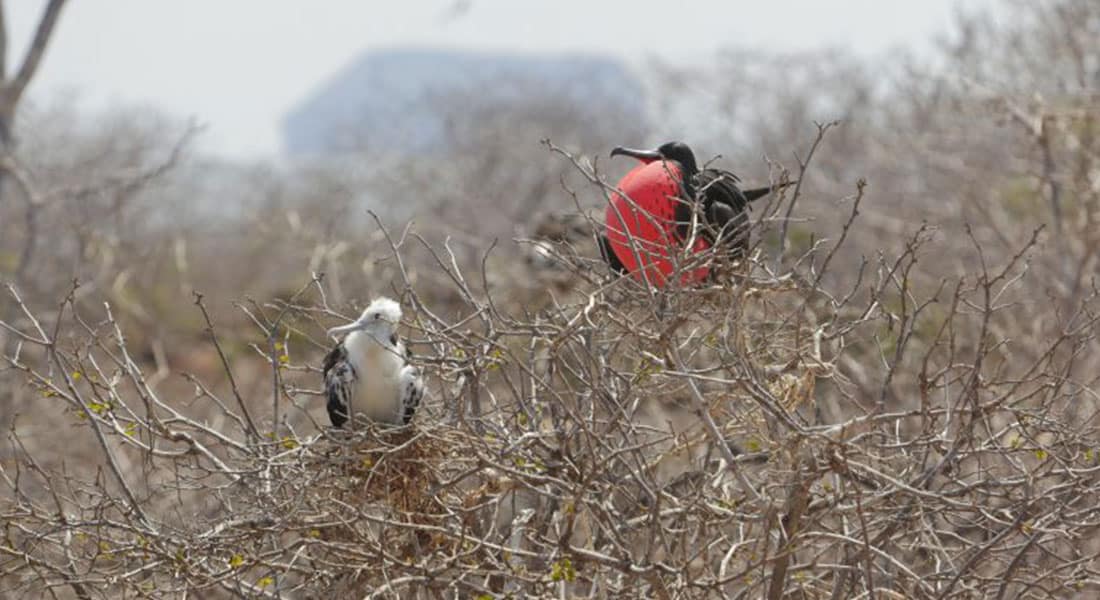
01 Jun 6 mathematics problems based in everyday life on the Galápagos Islands
At Teachers2Teachers, it’s a given that we love numbers, but we suspect that we’re not alone. The human brains must inherently love numbers, otherwise why would we find ourselves so often clicking those numbered lists on the internet? As a result, we’ve succumbed to temptation and come up with a list of six real-world math problems set in the Galápagos Islands. Based on our travels there, these questions highlight unique biodiversity that never fails to fascinate.
Teachers can use these problems and others like them to bring math alive in their classrooms. Putting numbers in a cultural context engages students and fosters a love of STEM. The knowledge gained also has value.
1. How many magnificent frigatebirds can nest in a certain area?
This estimate allows an assessment of the sustainability of hunting and feeding resources.
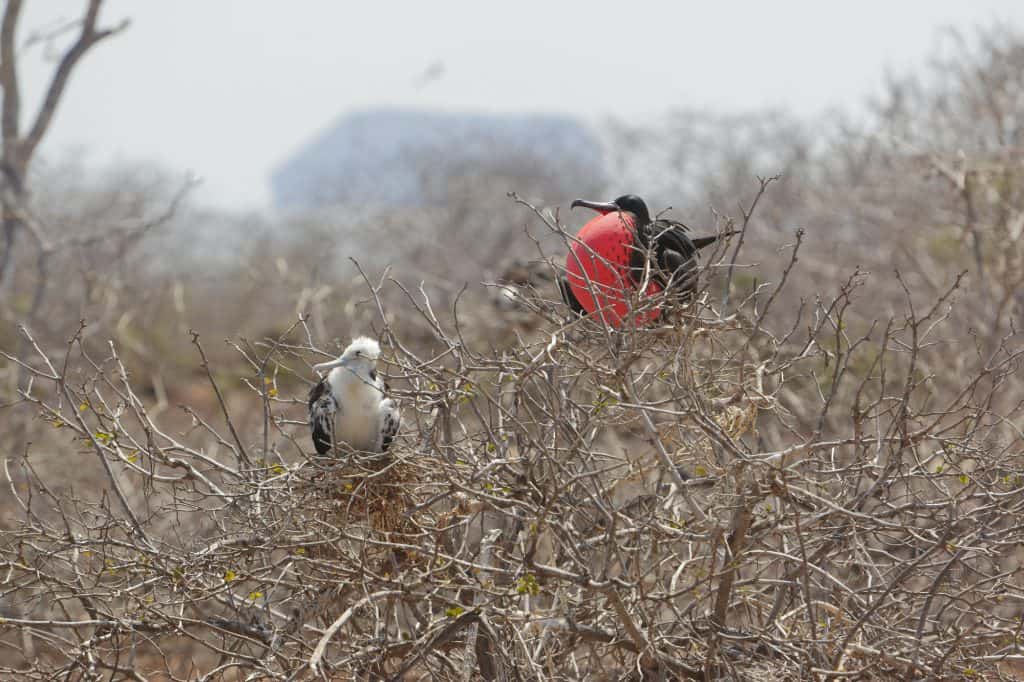
2. How much will the islands’ human population grow in the future?
By law, 97% of the islands is preserved as park, so the government strictly manages its number of residents.
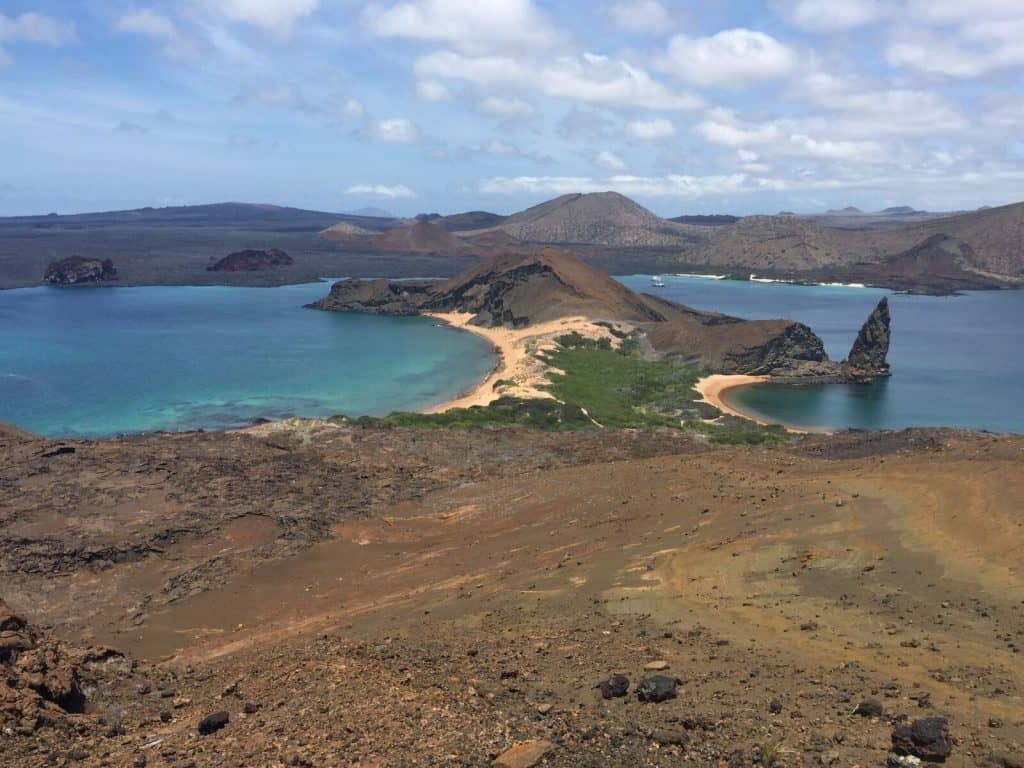
3. At what speed does a blue-footed booby dive into the water to capture a fish?
This number (an incredible 60 mph—ouch!) explains the specialized anatomy of its skull.
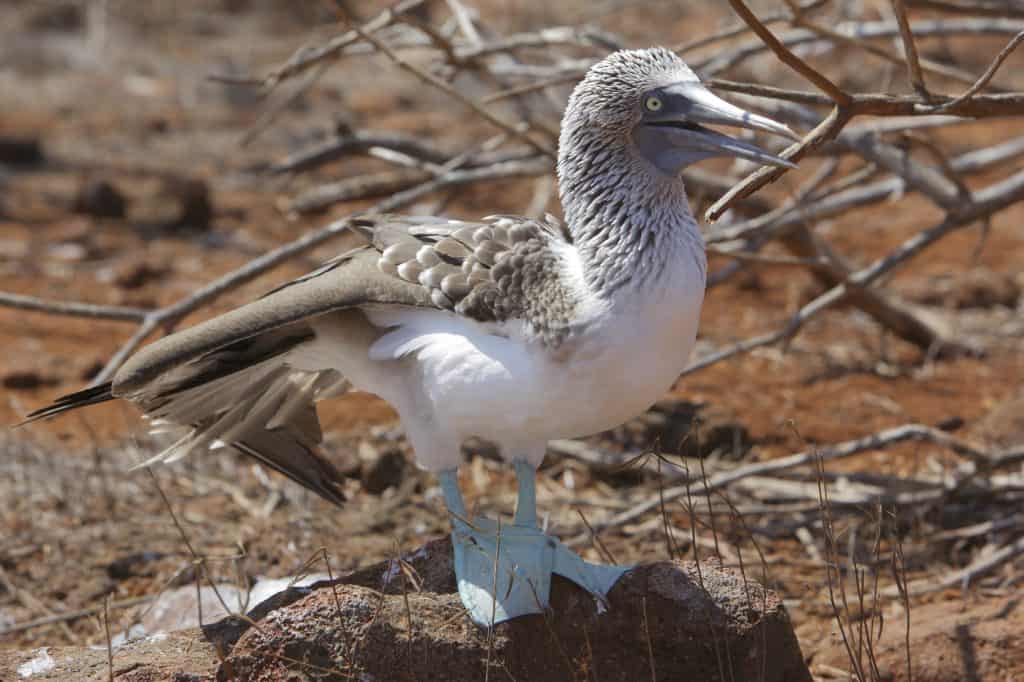
4. How many blacktip sharks visit the dock area in Puerto Ayora?
The stability of the number gauges the health of the ocean ecosystem.
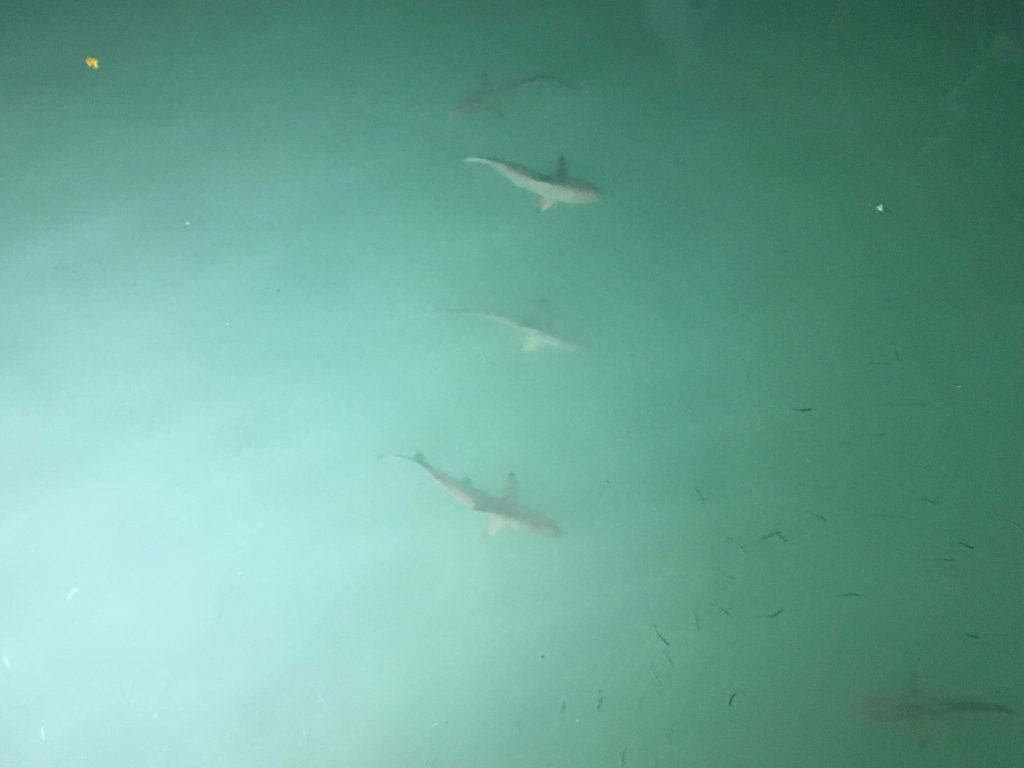
5. Invasive plant species have overtaken how much acreage?
Understanding the obstacles to preserving the natural environment informs conservation efforts.
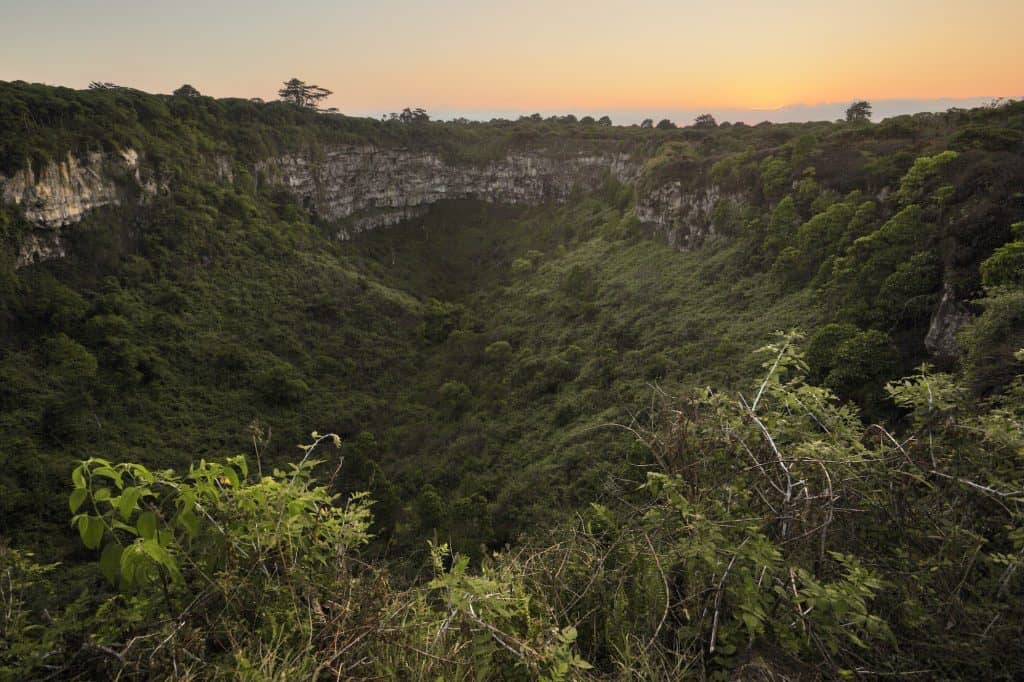
6. How old is a tortoise, based on its size?
The presence of larger, older tortoises means a species is thriving.

With thanks to Jonathan Drake for most of these photographs!
Shelly Jones
Posted at 16:49h, 01 JuneI love the pictures and the math problems. This goes to show that math is everywhere.